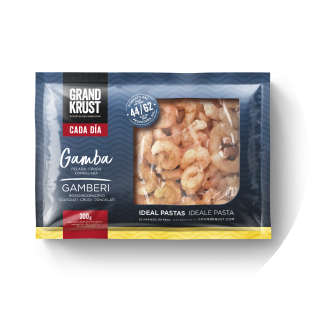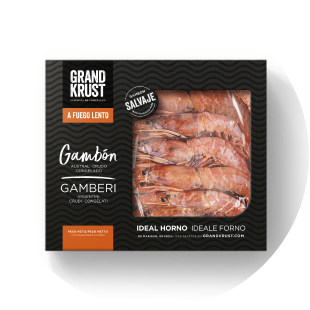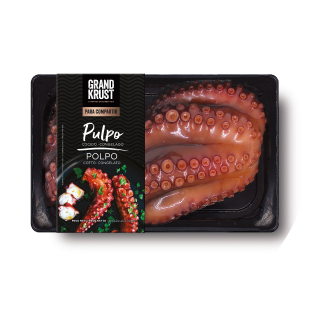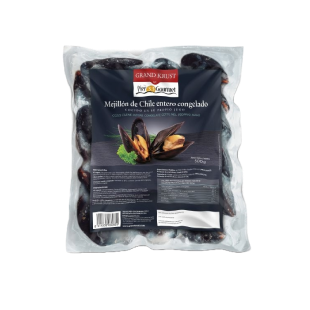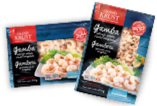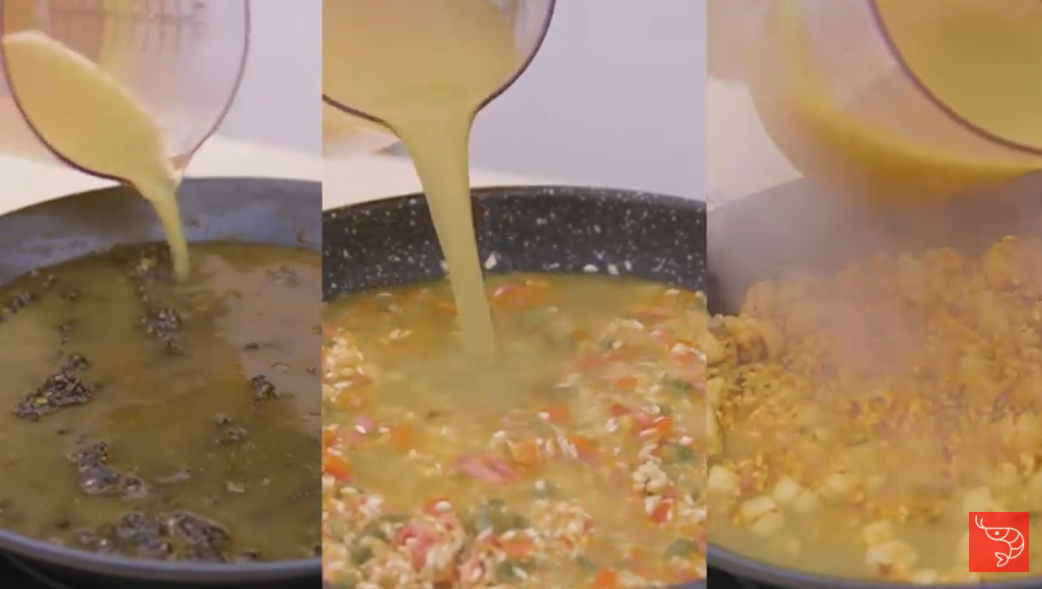How to combine seafood with recipes from around the world
The writer Niki Segnit proposes bold and delicious pairings for prawns, crabs, clams or mussels in an essential book for any foodie: The Flavor Thesaurus
[ AUTHOR: DAVID REMARTÍNEZ ]
The Flavor Thesaurus is not an encyclopedia. Or it is not in a classical sense. Niki Segnit, its author, a culinary writer and food marketing specialist, compiles in this book her erudition in flavor combination and organize it as a dictionary, easy to consult and exhaustive: 99 ingredients for which she proposes all kinds of culinary pairings. However, the British author, a reference in today’s gastronomy both for her erudition and for her eloquence, seasons her encyclopedia with personal anecdotes, recipes (up to 200), literary references and historical explanations so delicious – and accesible for all types of audiences – as the main content of its volume. The Flavor Thesaurus thus becomes an essential book for any foodie, which also dedicates one of its most glorious chapters to seafood. In it, Segnit recalls her vacations in Italy, very old treaties of cuisine and new customs that actually hide old customs already forgotten. Below you will find the most appetizing pairings:
Seafood and peas
Cook 400 grams of peas over low heat in a liter of water until soften. Grind 50 grams of almonds and 15 of breadcrumbs, and then add the peas, a little of white wine vinegar, ginger, cinnamon, cardamom and cloves. Grind all together, season, and heat slowly. Serve it in a bowl and place some sauteed prawns on top. Ready to eat. With this recipe, of medieval origin, Segnit explains how old the combination of the sweetness of the pea and seafood is. Especially with prawns, whose aroma “is often described as nuts. When grilled, it becomes more specifically as almond”. However, as she points out, today the usual combination in restaurants is that of scallops with peas, “a kind of modern classic”.
Seafood and coconut
“It reminds me of vacations,” says Segnit. In Brazil they eat vatapá, a seafood and fish stew in coconut milk. In Thailand, tom yan kha kai is cooked with prawns in spicy coconut milk. The culinary writer especially likes to mix prawns with dried coconut, a combination that makes them “a cheap bar dish that requires bottles of cold beer and a stack of paper napkins.”
Seafood and garlic
Segnit was on a trip to Porto Ecole, “on a mountainous peninsula connected to continental Tuscany by three dikes such as mozzarella strips.” She had bathed in the sea and was very hungry. She stopped at a restaurant where the waiter offered her to cook whatever she wanted. “We were at the seaside in Italy, and that can only mean one thing: spaghetti alle vongole.” That is, pasta with garlic and clams. “The intensely sulphurous flavor of garlic has a multiplier effect on the taste of seafood, but reaches its climax in clams in sauce,” says the expert, licking her lips with the memory.
Seafood and basil
“The citrus and aniseed notes of the basil make it an elegant pair for seafood”, Segnit states. For example, combining basil, mango and lobster, as does chef Alain Senderens. Perhaps he has taken this combination from the traditional Vietnamese recipe that combines basil, shrimp, papaya and lemongrass, according to the writer.
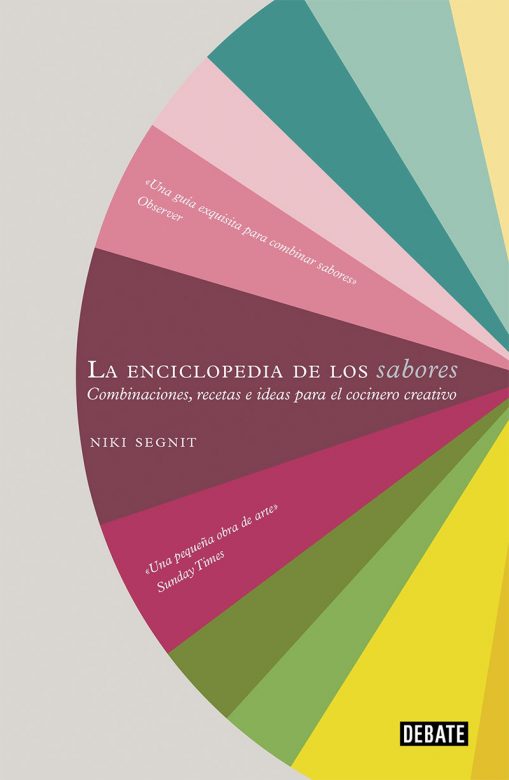
Seafood and meat
Mixing seafood and meat is a custom forgotten during the years of the gastronomic boom in Europe, but that in the Mediterranean countries has dozens of recipes in its history. Segnit highlights how well seafood and lamb pair in particular. “The lamb was once cooked with cockles, and there is a cookbook from the early nineteenth century written by John Farley that includes a recipe for a roasted and boneless ram leg” to which crab or lobster meat, lemon peel and nutmeg was added. A prince’s dinner.
In the case of pork, the most appropriate pairing with seafood is provided by Portugal: its traditional porco à alentejana, or a pork stew with clams, peppers and onions. “Even in Macao, an old Portuguese colony, several versions of this dish are consumed.”
In the case of chicken, she mentions the Catalan mar i muntanya, which since ancient times combined this meat with prawns in a stew with abundant tomato sauce, ground nuts and garlic. In the Spanish paella, pieces of chicken and rabbit accompany the shrimps, prawns and mussels. The same thing happen with the well-known New Orleans gumbo, of infinite versions. In France, the poulet aux ècrevisses of the Rhône-Alps region presents chicken and crayfish pieces in the same casserole, according to Segnit.
As for the veal, the writer speculates about the origin of the South American expression sur’ n’ turf (“waves and herbs”), which probably comes from the friendship between lobster and veal, a meat very appreciated in the United States. She gives another hint to risky foodies: “The taste of meat tends to intensify with seafood pairings such as anchovies and oysters.” Let’s try and we will see how it goes.
Seafood and pineapple
A bold mix of salty and sweet. “In Indian Parsi cuisine, seafood and tropical pineapple are paired with a sweet and sour tamarind curry called kolmi no patio”, in addition to the abundance of soups with both ingredients in Southeast Asia.
Seafood and asparagus
To finish, or to begin with, a very simple recipe to make at home that Segnit loves: a toast of bread spread in butter, with white asparagus boiled and sprinkled with lemon and butter, and with crab meat on top. A good white wine, and we are ready to sit in a chair looking at the horizon as if the cocktail hour was never going to end.
- Nutrition
Every broth you can make out of shrimps
- Curiosities
How we came up with freezing seafood

